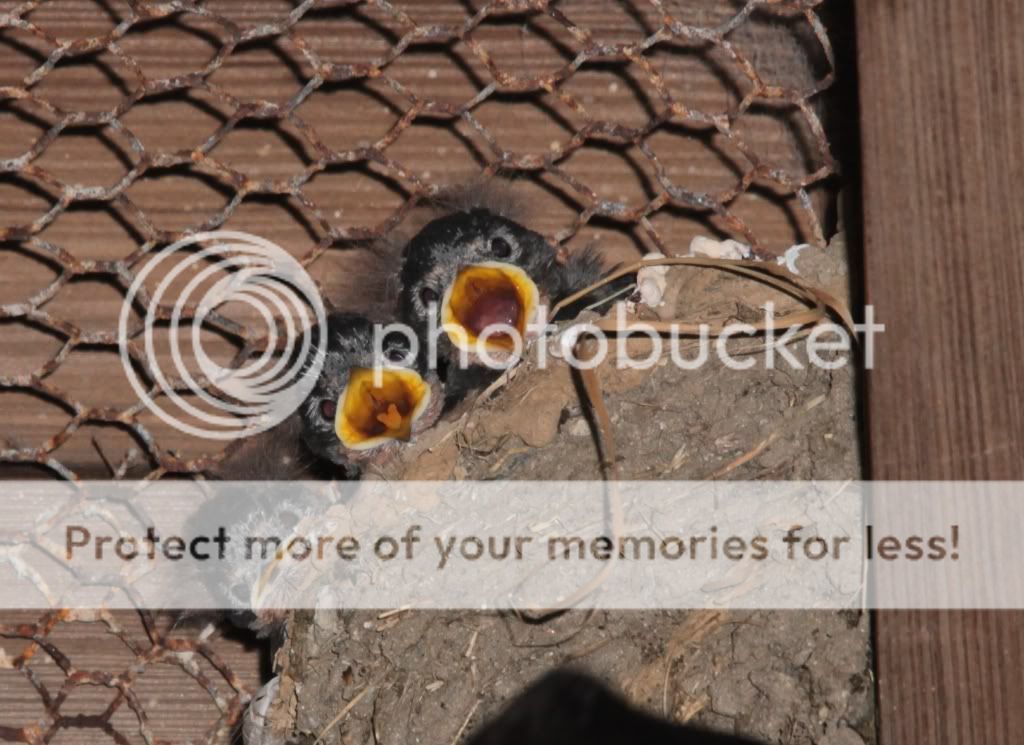- Messages
- 3,652
- Name
- Andy
- Edit My Images
- Yes
I was wondering what peoples thoughts are on this subject? I have been reading a very long and involved on line book about photographing birds by an American author in which he seems to use flash with fresnel extender for most of his work. From what he has writen it appears that most American bird togs do the same, never having been there I don't know if this is correct or not.
Does anyone here use flash for their day to day birding, and if so do you find it's one flash shot and they're gone or do they realy just ignore it and get on with their lives? I'm just at the outset of my bird photography days and would appreciate some opinions from more experienced birders from this side of the pond as the last thing I want to do is upset or feathered friends (or any other togs/twitchers in the area).
Does anyone here use flash for their day to day birding, and if so do you find it's one flash shot and they're gone or do they realy just ignore it and get on with their lives? I'm just at the outset of my bird photography days and would appreciate some opinions from more experienced birders from this side of the pond as the last thing I want to do is upset or feathered friends (or any other togs/twitchers in the area).

 it seems a little fill flash isn't to bad but flash as a main light is a no no :rules:
it seems a little fill flash isn't to bad but flash as a main light is a no no :rules: I new there was at least one thread on it
I new there was at least one thread on it 





